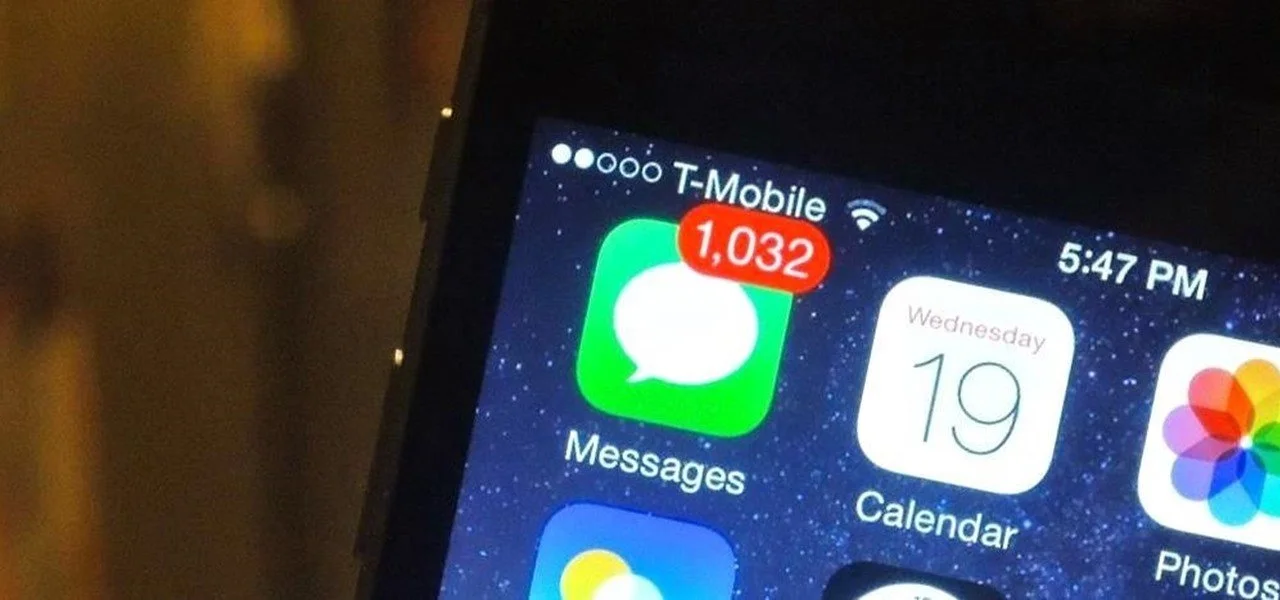Stop slacking on Slack: 4 tips to mastery
Tomato, tomahto; potato, potahto; text message, Slack.
As soon as early 2020, I’d imagine that, for most of you, two of those three idioms would’ve been considered analogous (hint: the first two).
Come late-2022 and the landscape has changed. While tomatoes were and still are also tohmatoes; while potatoes were and still are also potahtos; text messaging wasn’t analogous to Slack in theory or in practice, yet, for those in a GTM tech role, is there really a difference anymore?
What Boomers think Slacking is
Sure, I don’t Slack my mom and would think twice before texting my manager after hours, but when I do reach out to the aforementioned folks via the appropriate medium for each, the tone, cadence, and purpose behind each touchpoint is roughly the same.
Assuming you’re in the same boat, let me ask you: are you as proficient a Slacker as you are a texter? Do you care the same about the quality, response time, and power, if harnessed, of your Slack app as you do your text messages?
I’m not a betting man (minus the one time I put a non-refundable $100 deposit into DraftKings during the Cleveland Browns’ one and only playoff run since I’ve been alive…I’m 26), but if I was, I’d venture to guess that a majority of you would say “no” to the above.
Why is this? And, for all of the Slack naysayers out there — should they reconsider?
Thank you, as always, Imaginary Reader for providing those wonderful leading questions. To answer them sequentially:
Why is this? While answers may vary, I’d suppose that, for most, Slack may be seen as either 1) an informal and impermanent solution to email, 2) a burden on the fingers that could be saved by a quick Zoom/meeting and 3) a time-waster, gossip bin, etc.
Should they reconsider their stance? Judging by the groundwork I’ve already laid out here, you probably already know my opinion…YES!
A blanket statement as this may be, if you’re in in either a GTM tech role, Slack is a necessary good/evil to master, rather than eschew. Whether you work fully remote, hybrid, or with dispersed colleagues/managers, Slack is literally necessary to use for any immediate updates/comms incapable of being transmitted in-person/via Zoom.
Remember though: Slack isn’t enough to use begrudgingly and sparingly like your gym pass. No, it should be mastered as, for all folks who fall into one of the bins laid out in the above blanket statement, Slack:
Is a constant reflection of your personal brand at ABC Company Inc. — just as you always ensure your in-person presence is composed, so should your Slack presence.
Is often the only way you interface with secondary/tertiary colleagues, and is certainly the only way you can continually do so with folks company-wide (depending on company size)
Can act as an information archive as good as (if not better than) email
Depending on your role, can literally make or break your tenure at ABC Company Inc. (I wonder if there’s an actual company with this generic moniker)
So, assuming you’re picking up what I’m putting down above, how can you spruce up your Slack game?
Use emojis. That’s it k bye!
Ok, ok, twist my arm and check out the article below for four tips!
Tip 1: With great availability (or lack thereof) comes great responsibility
Never knew Uncle Ben was a Slack fan but alas: I learn something new every day!
In all seriousness, trivial as it may be, for those of who, again, either work fully remote, hybrid, and/or with dispersed colleagues/managers, your Slack status is the window into your work soul.
Too often, I run into (or hear of) malfeasant employees who work 8-12 hour days without ever turning their Slack status to available (the horror). Shambolic as this may be from a purely semantic perspective, it’s even moreso from comms, productivity, and cultural standpoints: if you’re always perceived to be “offline,” you’re never available for work-related questions, personal inquiries, or GIF-offs.
When someone’s offline 24/7
Concurrently, if you’re always “online” (@ me when I used to forget to turn my Slack status to offline after working hours), you’re always available for those same activities — even when you’re not ready and shouldn’t be required to.
Given the above, it should go without saying that a proper Slack status means proper boundaries (and vice-versa). So, what does said-proper Slack boundary look like?
Simple: if you are at your desk between “normal” working hours (whatever that means to you), your Slack status should be available…period.
So turn that green button on and get out there!
Tip 2: Don’t leave them hanging!
The dreaded iPhone “Read Receipt.”
For those with iPhones who keep it turned on — kudos to you. But know that, when you read a message from my fellow deplorable no-Read-Receipters and leave us hanging, just know it hurts. It hurts real bad.
While Slack doesn’t have anything akin to a message receipt (and I hope it never does), a similar expectation set should and often does apply. Don’t believe me? Consider how you feel when a Slack you send to a manager, colleague, etc. goes unanswered for 24 hours+.
Don’t let your Slack look like this
So, with the same rigor in which you surely (hopefully) monitor and prosecute your text messages, do so with your Slacks.
Find the personal SLAs I’ve laid out for myself when it comes to proper Slack response times depending on category and augment + apply them to yourself:
Action-oriented item relating to a deliverable/core work item: 2 hours < (EOD at worst)
Brainstorming/general question that I’m suited to answer: 3 hours < (EOD at worst)
Brainstorming/general question that I’m NOT suited to answer: 4 hours < (EOD at worst)
Friendly reach-out: 5 hours < (EOD at worst)
P.S.: subtract an hour if any of the above are from your manager :D
Tip 3: “I’m looking at the Slack in the mirr-or…
…I’m asking it to speak like me-e.”
From 5-9, incompatibilities in communication styles between you and others you come across are inevitable and ok to leave alone. Whether it be the person who corners you at a dinner party that you’d pay real money to avoid, the person at the dog park that you presume to be friendly but, much like their dog, isn’t, etc., sometimes things just don’t match up.
Buzz Killington is inevitable.
From 9-5, natural communication styles between you and every colleague are sure to vary almost as much as they do in the real world with a more random sample. However, while these differences are a bit more inconsequential to ignore in the real world…not so much in Slack. That VP who replies with a single word to your paragraphs of texts? That entry-level intern who makes your alert bubble look like the pimple on a preteen’s forehead? Virtual mishaps —> real-world consequences.
Unnatural as it may seem, in a professional setting it’s essential to adapt our Slack communication style to our audience to ensure that our message is both literally received and received well. So, examine how others Slack you and Slack them back in a similar fashion.
However, remember to…
Tip 4: “Don’t think, just do”
Forgive me: I just saw Top Gun Maverick and had to insert this somewhere.
While adhering the the adaptive communication style discussed in Point 3 is essential for benevolent and productive Slack engagements, over-indexing on it = coming across (and being insincere).
Sure, we should make an effort to speak to our audience with empathy, but should attempt to not sacrifice our own voice in the process. Just like colleagues are able to sniff out inauthenticity in-person, so, too, can they via Slack. If that wasn’t consequence enough, think of the mental, emotional, etc. burden that posturing 24/7 in Slack would place on you!
So, be yourself while validating others doing the same.
Get out there and work those fingers!
3/10 subheader but I ran out of steam lol.
Anyways, now that you’re armed with 1) a new sense of appreciation & adherence to Slack and 2) a foundational skillset + rulebook to apply to it, get out there and up-level your Slack game.
You never know…it may up-level your salary!





